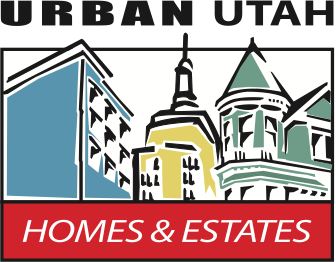Rose Park

Rose Park is a neighborhood located in the northwest area of Salt Lake City and is among the most ethnically diverse areas in Utah.Its name comes from the area’s original developer who arranged part of the area’s streets in the shape of several roses, with one of its main streets — American Beauty Drive — acting as a long rose stem. This area’s original roof shingles were red or green and its street names all feature rose varieties. Rose Park residents enjoy a very short commute (less than 5 minutes) to downtown and many recreational amenities.
The Rose Park community is very small. It is defined as west of I-15 north of 600 North, and east of Redwood Road. Rose Park extends north to the city limits and the shared county line of Salt Lake and Davis Counties. Four stone signs welcome travelers through Rose Park on major streets, like this one found at the intersection of the Jordan River trail and 1000 N. The original boundaries of the historic Rose Park development are easy to identify by these four signs which generally mark the four corners of the original neighborhood. It’s also easy to identify by paying close attention to style of 1950s-era home construction in that neighborhood.
Rose Park lies north of the Fair Park Community and west of the northwest slope of Capital Hill. The media often portrays the entire urban area west of I-15 as Rose Park but its actual boundaries are relatively small.
The entire neighborhood falls within the boundary of West High School, one of Utah’s largest and oldest high schools which ranks very high academically in the nation.
Many homes are now being renovated by young families who have moved into the area. It is one of the only neighborhoods near downtown Salt Lake City that is still affordable to first-time home buyers (estimated $120,000-$220,000). The homes are small by today’s standards (averaging 1,600 to 1,800 square feet) and are generally constructed of brick though some early stick framed homes are present in the area. Trees (including many varieties of fruit trees) were planted in the neighborhood by young WWII era families. Rose Park now boasts some of the city’s largest and most densely spaced trees.







